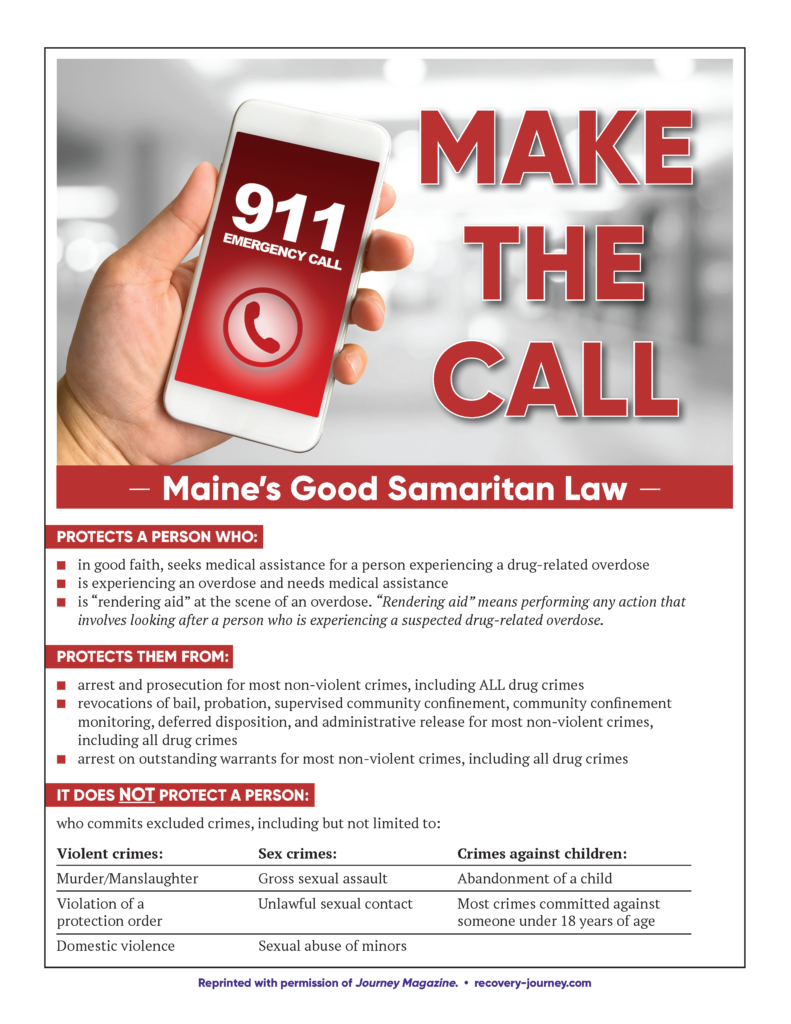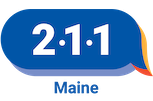Overdose deaths in Maine have continued to rise to record-breaking numbers over the past 3 years and in 2022, we hit an all-time high. Governor Janet Mills issued a report stating that last there were 716 overdose deaths – up 12% from 2021. In December alone, 75 people died from overdoses. About 80% of the deaths in 2022 were tied to highly lethal non-pharmaceutical fentanyl. Fake pills have been found in communities nationwide and DEA testing revealed that 6 out of 10 fake pills contain fatal amounts of fentanyl.
It was encouraging to hear in Governor Mills’ inaugural address that she is working to address this issue, including spending a proposed $237 million in federal and state funds for increased MaineCare rates for mental health and substance use disorder services. This includes an additional $7 million in General Funds for non-MaineCare opioid response.
We could not agree more with Governor Mills, who stated: “My heart breaks with every life lost to a drug overdose, and my Administration will not rest until we reduce this number to zero.”
However, substance use disorder is a complex health issue, involving physical addiction often coupled with poor mental health. Systemic changes take time, but there is something we can all do today to help save lives – learn to respond to drug overdoses including how to administer naloxone.
This article provides specific information about naloxone, how to help someone experiencing an overdose, Maine’s Good Samaritan Law, and where you can get naloxone and training.
What is Naloxone?
Naloxone is a medication designed to rapidly reverse an opioid overdose. Narcan® is a specific brand of naloxone. It is most often used as a nasal spray. When used immediately after an overdose, naloxone can block the effects of the opioids and help prevent death. Naloxone’s effects are temporary, so it is critical to seek medical assistance immediately after it is administered. Naloxone has no effect on someone who doesn’t have opioids in their system.
Signs and symptoms of an opioid overdose
- Loss of consciousness, limp body
- Slowed or stopped breathing
- Gurgling/snoring sound
- Blue-ish skin: fingertips & lips
- Pale or clammy skin
- Completely unresponsive
Overdose Response
- Call 9-1-1 and clearly state that an overdose is suspected and the individual is unresponsive and not breathing
- Rescue breathing (2 breaths)
- Administer naloxone as needed every 3-5 minutes (until person wakes up or help arrives)
- Stay with the individual and keep cell phone next to you until help arrives, or if you need to leave to get help, put the individual in recovery position to prevent choking
- When help arrives let EMS know how much naloxone you have administered
Where to get Naloxone and Training in the Westbrook Area
Since 2014, naloxone has been available without a doctor’s prescription, and in 2017, access was expanded so pharmacists, who can now dispense naloxone without prescription. Today, naloxone is more widely available and efforts are being made to increase access to this life-saving medication.
You can request free naloxone from the following organizations:
- Westbrook Partners for Prevention
Email: partnersforprevention@westbrookschools.org
- Westbrook Recovery Liaison – Missy Esty
Email: mesty@westbrook.me.us | Call or text: (207)-303-4009
- Maine Access Points
Email: info@maineaccesspoints.org | Call or text: 207-319-8823
- OPTIONS Initiative at Sweetser
Contact for Cumberland County: Tom MacElhaney
Email: tjmacelhaney@sweetser.org | Call: (207) 468-2848 | Request Help Online
Overdose Recognition & Response Training
Westbrook Partners for Prevention (WPP) has provided Naloxone and ‘Overdose Recognition & Response Training’ training at Westbrook schools, for City employees, and at other organizations. Upon request, we will provide a 30-minute training to interested individuals or organizations. We can also help create a response policy/procedure, as well.
For more information or to request a training, email: partnersforprevention@westbrookschools.org
Resources: Training Video for Overdose Response
Maine Access Points (MAP) has developed a 13-minute video explaining how Naloxone works to reverse the effects of opioids and provides overdose Response Training
The Good Samaritan Law
Some people hesitate to “get involved” because they feel they might be liable if helping someone experiencing an overdose or may get in trouble for possessing illegal drugs. In 2019, Maine’s Good Samaritan Law was expanded to provide further protection to individuals, including safeguarding people from getting in legal trouble if they:
- Respond to a suspected overdose
- Give someone naloxone, even if they die
- If they have drugs or if there are drugs in the car or house
- If they are on probation or out on bail
Resources: Download the Fact Sheet about Maine’s Good Samaritan Law

Good Samaritan Flyer Make the Call Arabic
Good Samaritan Flyer Make the Call French
Good Samaritan Flyer Make the Call Spanish
Good Samaritan Flyer Make the Call Somali
In Summary: There is Hope if We All Get Involved
We all have the means to reverse the drug overdose deaths in our community, with 4 easy steps:
- Ask for and carry naloxone
- Know how to recognize an overdose
- Learn how to respond
- Call 911
If you have any questions or would like more information, email us: partnersforprevention@westbrookschools.org.


